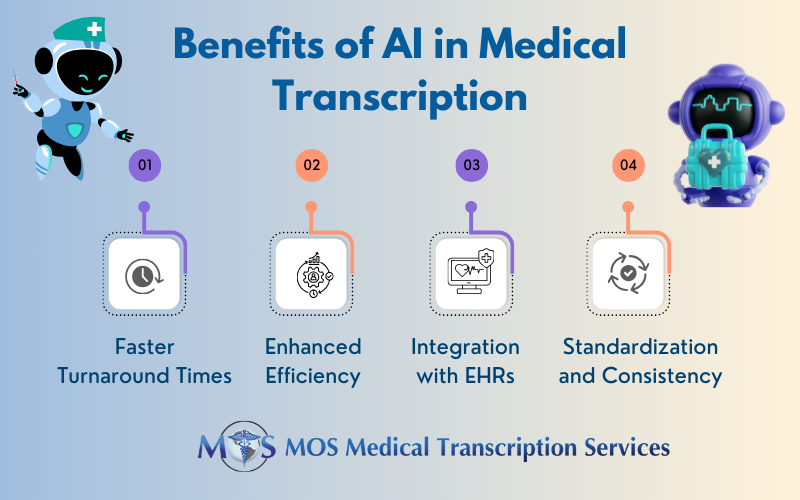AI Powered Transcription
No tools found in showcase directive
Debug Info
json
{
"name": "tool-showcase",
"toolPaths": [],
"nodeChildren": [
{
"type": "paragraph",
"children": [
{
"type": "link",
"url": "/toolkit/ai-toolkit/ai-interfaces/ai-workspaces/vertical-wrappers/granola",
"data": {
"hProperties": {
"data-internal-link": ""
}
},
"children": [
{
"type": "text",
"value": "Granola"
}
]
},
{
"type": "text",
"value": "\n"
},
{
"type": "link",
"url": "/toolkit/ai-toolkit/data-augmenters/limitless-ai",
"data": {
"hProperties": {
"data-internal-link": ""
}
},
"children": [
{
"type": "text",
"value": "Limitless AI"
}
]
},
{
"type": "text",
"value": "\n"
},
{
"type": "link",
"url": "/toolkit/productivity/async-communication/bubbles",
"data": {
"hProperties": {
"data-internal-link": ""
}
},
"children": [
{
"type": "text",
"value": "Bubbles"
}
]
},
{
"type": "text",
"value": "\n"
},
{
"type": "link",
"url": "/toolkit/productivity/fathom-ai",
"data": {
"hProperties": {
"data-internal-link": ""
}
},
"children": [
{
"type": "text",
"value": "Fathom AI"
}
]
},
{
"type": "text",
"value": "\n"
},
{
"type": "link",
"url": "/toolkit/ai-toolkit/fireflies",
"data": {
"hProperties": {
"data-internal-link": ""
}
},
"children": [
{
"type": "text",
"value": "Fireflies.ai"
}
]
},
{
"type": "text",
"value": "\n"
},
{
"type": "link",
"url": "/toolkit/ai-toolkit/knowledge-ai/otterai",
"data": {
"hProperties": {
"data-internal-link": ""
}
},
"children": [
{
"type": "text",
"value": "OtterAI"
}
]
}
],
"position": {
"start": {
"line": 2,
"column": 1,
"offset": 17
},
"end": {
"line": 7,
"column": 52,
"offset": 373
}
}
}
]
}(2025-09-20T23:51.776Z)
Perplexity Query
(2025-09-20T23:51
.776Z)
Question:
Write a comprehensive one-page article about "AI Powered Transcription".
Model: sonar-pro
AI Powered Transcription: Transforming Communication and Information Management
AI powered transcription refers to the use of artificial intelligence technologies to automatically convert spoken language into written text, revolutionizing the way audio content is processed and utilized across industries.
[bqrjn8]
Its significance lies in dramatically increasing the speed, efficiency, and accessibility of transcription, with profound implications for sectors such as healthcare, customer support, legal, journalism, and entertainment.
[bqrjn8]
[g87mas]
AI powered transcription matters because it overcomes the limitations of manual transcription—namely, slow turnaround times and high labor costs—by delivering rapid, scalable, and often highly accurate conversion of audio to text.
[bqrjn8]
[58pynv]

How AI Powered Transcription Works
AI powered transcription employs artificial intelligence, machine learning (ML), and Automatic Speech Recognition (ASR) technologies to analyze audio signals and extract textual representations of speech.
[bqrjn8]
These systems are trained on vast datasets to understand speech patterns, accents, and context. They often include Natural Language Processing (NLP) to enhance accuracy by interpreting the meaning and intent behind spoken words.
[m92qif]
[bqrjn8]
For example, customer service teams use AI transcription software to convert hours of support calls into readable records within minutes, dramatically improving both information management and customer satisfaction.
[bqrjn8]
In healthcare, medical dictations and consultations are transcribed rapidly, integrating directly into electronic health records—thus reducing administrative burdens and freeing clinicians for patient care.
[m92qif]
Legal professionals use AI transcription to process depositions and court proceedings faster than traditional typists.

Benefits and Applications
AI powered transcription offers several key benefits:
- Cost Efficiency: Automated transcription eliminates the need for large teams of typists, reducing operational costs and scaling easily for high-volume tasks. [bqrjn8]
- Accessibility: People who are deaf or hard of hearing gain rapid access to spoken content, increasing inclusivity and compliance with accessibility standards. [g87mas]
- Integration: AI transcription can be seamlessly included in platforms, apps, and devices, supporting automated note-taking, CRM updates, and more. [g87mas]
- Consistency: NLP-driven transcription systems deliver standardized documentation, helping reduce human error—crucial in settings like healthcare and law. [m92qif]
Applications abound, from academic lecture transcription to converting podcasts into searchable text, providing subtitles for videos, and automating meeting minutes in corporate environments.
[bqrjn8]
[58pynv]
With multilingual transcription and the ability to interpret conversational context, these tools support global business operations and cross-border communication.
Challenges and Considerations
Despite remarkable progress, several challenges persist:
- Data Privacy: Transcribing sensitive information demands stringent security and compliance. Cloud-based AI tools must respect privacy regulations such as HIPAA, especially in medicine. [m92qif]
- Need for Human Oversight: Quality control by human editors remains essential, particularly for critical documents where precision is mandatory. [m92qif]
- Contextual Understanding: While AI excels at structured language, ambiguous or context-heavy speech can still pose problems.
Current State and Trends
Adoption of AI powered transcription is rapidly expanding. Leading companies such as Fireflies.ai, Otter.ai, and Rev.com offer highly specialized solutions integrating ASR, NLP, and cloud-based collaboration.
[58pynv]
In medical and legal sectors, platforms are integrated with electronic records and case management systems, while enterprises use transcription to automate workflows and enhance customer engagement.
[m92qif]
[g87mas]
Recent advancements focus on improving transcription accuracy for diverse languages and accents, real-time multilingual transcription, emotion detection, and seamless workflow integration. Innovations in deep learning have made AI transcription systems faster and smarter, with emerging use cases in video subtitling and automated content tagging.
[bqrjn8]
[58pynv]

Future Outlook
AI powered transcription is expected to achieve near-human accuracy with ongoing improvements in deep learning and contextual AI. We will likely see real-time translations across languages, proactive workflow automation, and even more robust integrations in virtual assistants and productivity platforms. As privacy and security challenges are addressed, adoption will accelerate—further transforming communication, collaboration, and accessibility in every facet of professional and personal life.
In summary, AI powered transcription is reshaping how we convert, analyze, and interact with spoken language, setting the pace for a future where information is more accessible, efficient, and actionable than ever before. The evolution of these technologies promises a world where language barriers and manual processing are rapidly becoming relics of the past.
Citations
[m92qif] 2025, Sep 14. AI in Medical Transcription, Its Benefits and Limitations. Published: 2024-10-07 | Updated: 2025-09-14
[bqrjn8] 2025, Sep 20. AI-Powered Transcription: The Key To Faster Resolutions - ThinkOwl. Published: 2024-06-13 | Updated: 2025-09-20
[g87mas] 2025, Sep 16. AI Transcription Services And Tools: How Can Artificial Intelligence. Published: 2024-03-20 | Updated: 2025-09-16
[58pynv] 2025, Sep 18. What is AI Transcription? Everything You Need to Know - Fireflies.ai. Published: 2022-05-25 | Updated: 2025-09-18
[5]: 2025, Sep 20. qualitative research practice utilizing intelligent speech recognition .... Published: 2024-02-05 | Updated: 2025-09-20
[6]: 2025, Sep 20. Automatic Transcription: The Pros and Cons of AI Solutions - Verbit Go. Published: 2023-10-11 | Updated: 2025-09-20
[7]: 2025, Sep 20. Audio-to-Text AI: Pros and Cons of AI vs Human Transcription. Published: 2025-05-30 | Updated: 2025-09-20
[8]: 2025, Sep 20. 4 game-changing benefits of AI-based transcripts and summaries in .... Published: 2025-05-10 | Updated: 2025-09-20
[9]: 2025, Sep 20. AI-Powered Transcription Tools & Solutions for Businesses. Published: 2025-08-22 | Updated: 2025-09-20